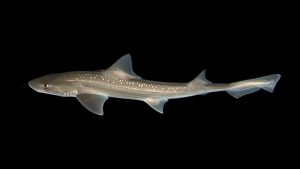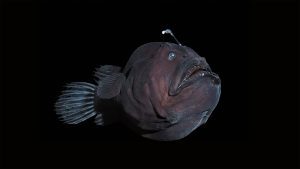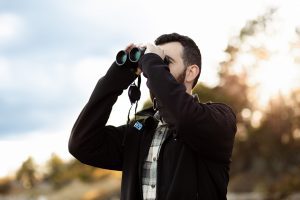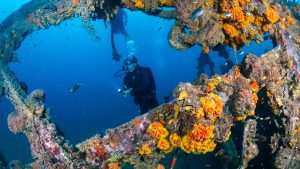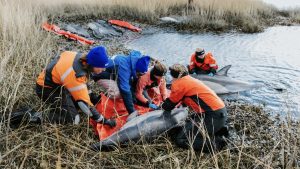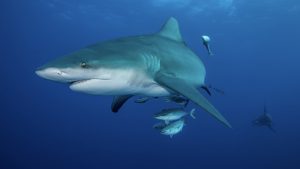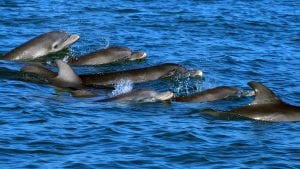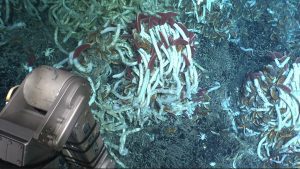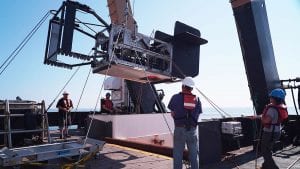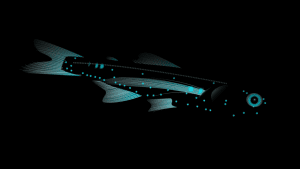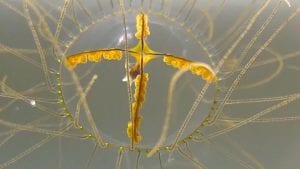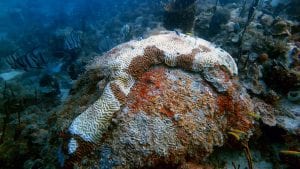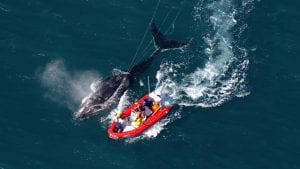Research Highlights
Oceanus Magazine
News Releases
Filter-feeding whales sample the Arctic food web, tracking decades of change
Differences in brain structure between echolocating and non-echolocating marine mammals offers insight into auditory processing
WHOI researchers part of collaborative, international effort to increase Marine Protected Areas and other strategies
Woods Hole Oceanographic Institution and partners take home prestigious award
Long-awaited event sets the stage for scientists to learn more about physical, chemical and biological processes in the deep ocean East Pacific Rise, Pacific Ocean (May 2, 2025) – Scientists diving in the human-occupied vehicle Alvin recently witnessed a rare…
News & Insights
On July 25, scientists embarked on the 2019 Ocean Twilight Zone expedition aboard NOAA Ship Henry B. Bigelow. A team made up of WHOI and NOAA Fisheries researchers departed Newport, R.I., Thursday morning and headed south towards the edge of the continental shelf. This will be the first full scientific mission into the ocean twilight zone for the towed underwater vehicle, Deep-See.
New invasions reported in New England and Sweden, prompting researchers to look at a variety of potential causes including transportation, warmer ocean temperatures, and a resurgence of eelgrass.

